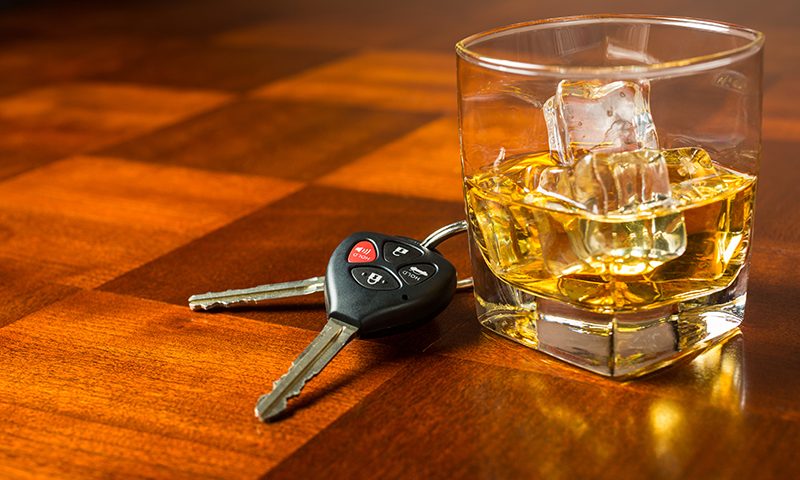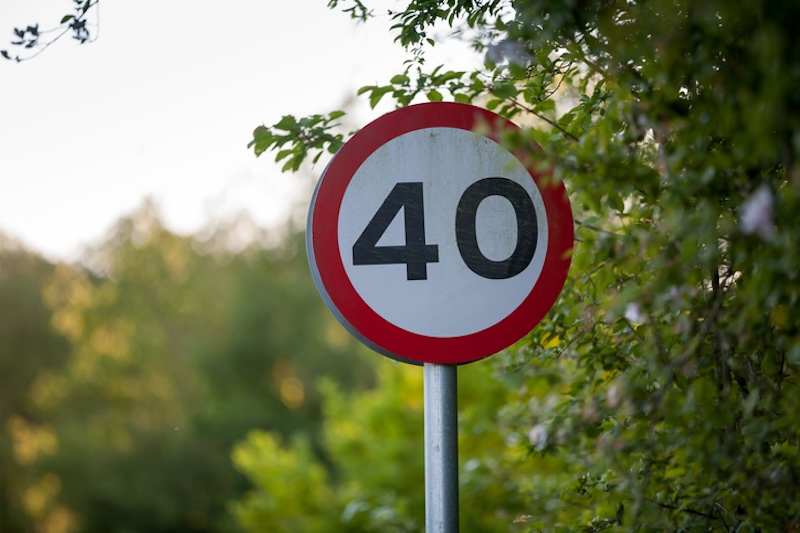Drink-drive deaths soar

concept
The number of people killed on Britain’s roads in drink-drive related crashes has hit an eight-year high, although authorities have dismissed the rise a ‘not important’ amid calls to decrease the current alcohol limits for drivers.
It’s estimated that 250 people were killed by drink-drivers in 2017, according to the latest figures from the Department for Transport, a 9% rise from the 230 in 2016 and is the worst drink-driving death toll since 2009.
The increases comes as police figures reveal that there were 56,000 fewer roadside breath tests carried out in 2017 than in 2016.
Males involved in more drink-drive accidents than females
It’s reported that male drink drivers were the blame for 190 deaths compared to the 30 caused by female drivers.
In addition to the fatalities, there were more than 1,100 serious accidents that were caused by drink drivers on Britain’s roads with males causing 930 serious accidents, compared to the 180 caused by women.
Shockingly the figures also exposed how 141 drivers under the age of 17 were involved in accidents – eight of which were revealed to be under the influence of alcohol.
Drink-driving by numbers
While the number of people killed in drink-driving related accidents has risen, the actual number of people injured or killed has actually fallen from 9,040 in 2016 to 8,600 in 2017.
It seems that those in the 25-29 age group are the worst offenders with over 650 caught drink driving during 2017.
Staggeringly, road safety charity Bake, found that more than 5,000 motorists were caught drink-driving on two or more occasions over the last four years, proving they haven’t learnt their lessons and perhaps a much stronger drink-drive limit should be in place with stricter punishments.
Drink-drive laws in Great Britain
Current laws state that in England, Wales and Northern Ireland you’re over the limit if you have 80 milligrammes of alcohol per 100 millilitres of blood, 35 microgrammes per 100 millilitres of breath or 107 milligrammes per 100 millilitres of urine.
If the police suspect you may have been drinking, they can stop you at any time to breathalyse you.
If you’re given a roadside breath test and you fail, you’ll be taken to a local police station and breathalysed for a second time. If it’s positive, then you’ll be charged and will be given a court appearance date.
If you refuse to take a roadside breath test, then you can be arrested for failing to supply a sample of breath.
Following Scotland’s lead
In 2014 the Scottish Government changed their drink-drive laws, reducing the alcohol limit for drivers from 80 microgrammes per 100 millilitres of blood to 50 microgrammes. However, the rest of the UK remains among the highest in Europe at 80 microgrammes.
Joshua Harris, Brake’s Director of Campaigns, commented that the increase is drink-drive deaths is ‘incredibly concerning’.
He went on: ‘How much longer must this continue before the Government acts?
‘The current drink-driving limit gives a false impression that it is safe to drink and drive. This is a dangerous message and one that couldn’t be further from the truth.’
A Department for Transport spokeswoman mentioned: ‘Drink-driving is completely deplorable, and people who do it not solely put their very own lives in danger however different individuals too.
‘We’re working with business to develop new evidential roadside breath assessments, that means drink-drivers wouldn’t have the prospect to sober up earlier than being examined, whereas the Assume! Mates Matter marketing campaign had the largest impression in younger drivers’ attitudes to drink-driving in a decade.’
Want to find out more about the current drink-driving laws and the penalties that are in place if caught? Have a read of our guide to the laws surrounding drink-driving and make sure you’re always on the right side of the law.


